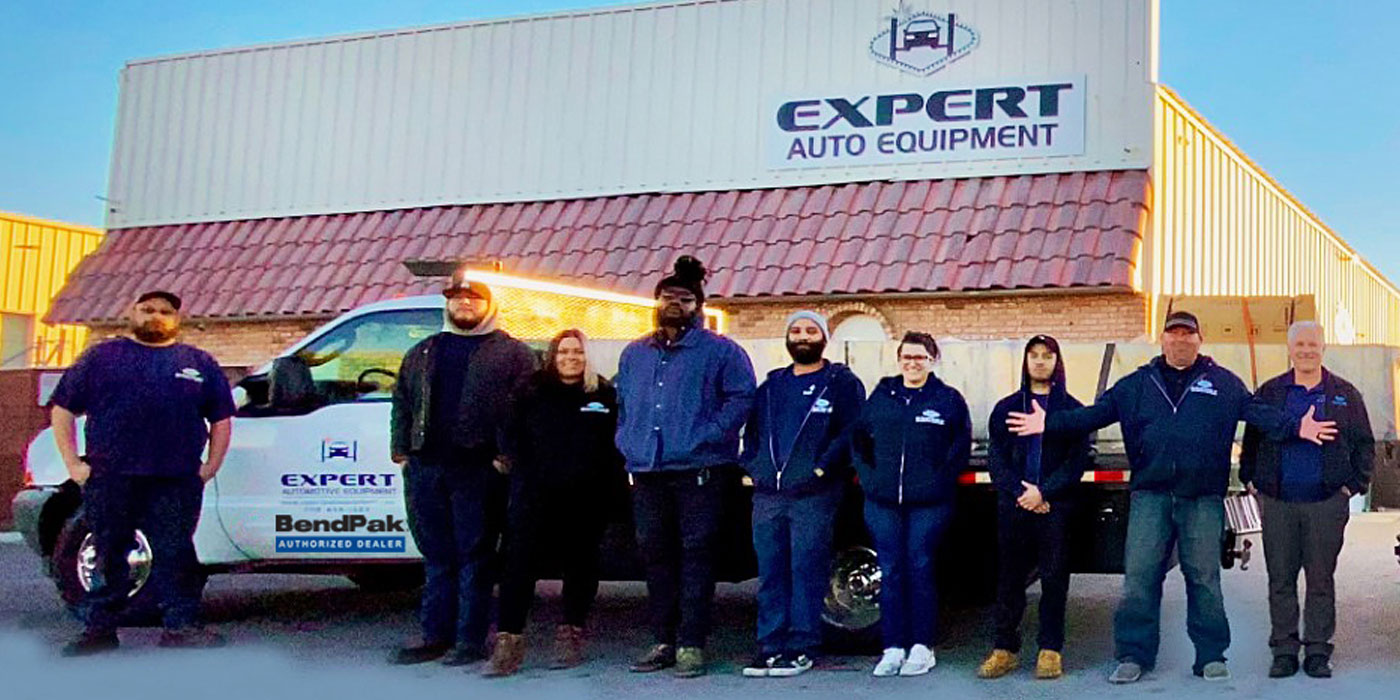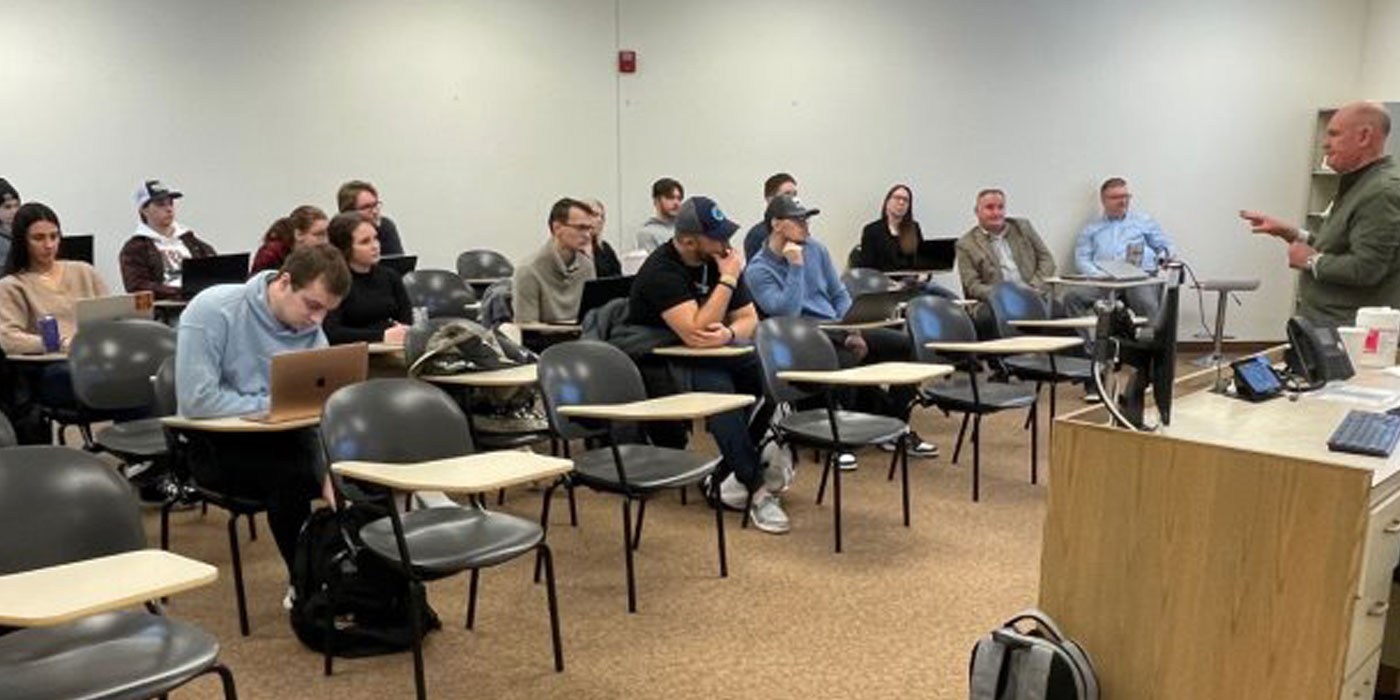For the motorist, a lack of highly qualified technicians can mean higher costs and longer waits. But for the auto parts distributor, the ramifications hit a little closer to home: A potential technician shortage is a potential customer shortage.
For the motorist, a lack of highly qualified technicians can mean higher costs and longer waits. But for the auto parts distributor, the ramifications hit a little closer to home: A potential technician shortage is a potential customer shortage.
Currently, the Unites States employs approximately 800,000 automotive service technicians – but across the country, attrition is not keeping up with demand, creating a vacuum of highly skilled service tech positions the industry desperately wants to fill.
Automotive technician growth over the next decade is projected to be 12.4 percent – almost a quarter of this growth (23.1 percent) will be within the wholesale sector of motor vehicle service. Time will tell whether the number of available positions in the market exceeds supply. This need for qualified technicians will affect both independent repair facilities and new- and used-car dealerships, with a slightly greater shortage coming among independents.
Help Wanted
Brake and Front End magazine, a sister publication of Counterman, published the results of a technician market survey which revealed that 35 percent of independent and program group repair facilities are currently – and perhaps perennially – looking to hire at least one qualified technician.
According to the National Automobile Dealers Association (NADA), there are about 60,000 positions open at any given time at shops around the country. NADA Chief Economist Paul Taylor says that the 60,000 technician positions are composed of the estimated 32,000 annual job openings and an additional projected growth of 30,000 positions over a five-year period. That equates to 38,000 annual job openings. For distributors, that means there could be nearly 40,000 more people in the market installing their products.
This technicians shortage can be attributed to two areas: training and image. The industry is confronted with the public’s limited and often misguided perception of the technical skills necessary to repair and maintain today’s vehicles. This can be addressed through on-going management and technical training since the public’s perception of the profession will only improve through positive experiences with trained, professional service technicians.
Technician Retention
Improved technician retention among independents and dealerships is related to increased technician training, improved management techniques and an increase in the number of individuals in the job pool due to layoffs and hiring freezes within other technology sectors. An important element to consider is the connection of good business management practices to successful technician retention. Wages, benefits, training and work hours are variables controlled by the business owner or manager. Fair wages, a strong benefits package, training and advancement opportunities are characteristics of businesses that have managed to avoid the experience of a technician shortage.
Retention is also affected by economic conditions. Currently, the job pool has increased because of layoffs and hiring freezes within other technology sectors. With the proper encouragement and education, high-school students who might have headed toward the computer industry or the aviation technician sector might be more likely to join the automotive technician ranks.
Retention through Training
Technician training – a role often played by the supplying jobber or WD – can play a significant part in helping wholesale customers retain their technicians, as well as attract other qualified individuals into the field of automotive repair.
Technicians do have an unquenchable thirst to learn. Currently, ASA recommends technicians receive at least 36 hours annually in training. This is a goal that is being achieved by some shops. According to a recent ASA survey, entry-level technicians receive 27 hours of training. Experienced technicians receive 31 hours and managers receive 32 hours of training.
For new recruits in automotive repair vocational programs, secondary school programs, SkillsUSA-VICA, the Automotive Youth Educational System (AYES) program and apprenticeships offer technician education and training. According to AYES, a highly acclaimed industry school-to-work program, the automotive service technician must have higher-level analytical skills and problem-solving skills that are no less complex than those required by accountants, avionics technicians and electrical engineers.
Because of the poor public perception, students who would excel in areas required to be a good technician are often pushed by school counselors and parents into careers such as those mentioned above.
Recruitment of youth into the profession requires a focused effort by the industry and a change of perception of the profession by consumers, the media, students, school counselors and potential candidates’ parents. This is often best addressed as a grass-roots effort, one driven at the school level by the repair shops or jobbers themselves. Currently, 21 percent of ASA member businesses along with an encouraging number of Automotive Warehouse Distributors Association members are involved in secondary or post secondary advisory committees.
These activities are not solely out of altruistic motives as they help businesses advance through the creation and retention of highly skilled and qualified technicians. Recruitment of future technicians is also occurring through apprenticeship and mentoring programs across the United States as well. Twenty-seven percent of ASA member businesses are currently participating in school-to-work or apprenticeship programs.
The technician deficiency is not simply about numbers; it’s a matter of training, retention and recruitment, fueled by positive perceptions of these highly skilled professionals by the public. By training technicians, the problems related to a technician shortage will dissipate. In conjunction with training, the industry at large (and at the grass-roots level) must continue to educate counselors, parents and consumers on the high-tech skills necessary to service today’s motoring public.
Denise Caspersen is a research management specialist with the Automotive Service Association (ASA) in Bedford, TX. ASA is a national association that represents the views of owners and managers of automotive service businesses throughout the US.
|










